Description
History of champagne A bottle of Champagne being used to christen the USS Shangri-La (CV-38) in 1944. Champagne has had a long history of being used in celebration of events such as the launching of ships.
The history of Champagne began when the Romans planted vineyards in this region of northeast France in the 5th century, or possibly earlier. Over centuries, Champagne evolved from being a pale, pinkish still wine to a sparkling wine.
When Hugh Capet was crowned King of France in 987 at the cathedral of Reims, he started a tradition that brought successive monarchs to the region—with the local wine being on prominent display at the coronation banquets.
The early wine of the Champagne region was a pale, pinkish wine made from Pinot noir.
The Champenois were envious of the reputation of the wines made from their Burgundian neighbours to the south and sought to produce wines of equal acclaim.
However the northerly climate of the region gave the Champenois a unique set of challenges in making red wine. At the far extremes of sustaining viticulture, the grapes would struggle to ripen fully and often would have bracing levels of acidity and low sugar levels.
The wines were lighter bodied and thinner than the Burgundies.
Furthermore, the cold winter temperatures prematurely halted fermentation in the cellars, leaving dormant yeast cells that would awaken in the warmth of spring and start fermenting again.
One of the byproducts of fermentation is the release of carbon dioxide gas, which, if the wine is bottled, is trapped inside the wine, causing intense pressure.
The pressure inside the weak, early French wine bottles often caused the bottles to explode, creating havoc in the cellars. If the bottle survived, the wine was found to contain bubbles, something that the early Champenois were horrified to see, considering it a fault. As late as the 17th century, Champenois wine makers, most notably the Benedictine monk Dom Pérignon (1638–1715), were still trying to rid their wines of the bubbles.
While the Champenois and their French clients preferred their Champagne to be pale and still, the British were developing a taste for the unique bubbly wine. The sparkling version of Champagne continued to grow in popularity, especially among royalty and the wealthy. Following the death of Louis XIV of France in 1715, the court of Philippe II, Duke of Orléans made the sparkling version of Champagne a favorite among the French nobility. More Champenois wine makers attempted to make their wines sparkle deliberately, but did not know enough about how to control the process or how to make wine bottles strong enough to withstand the pressure.
In the 19th century these obstacles were overcome, and the modern Champagne wine industry took form. Advances by the house of Veuve Clicquot in the development of the méthode champenoise made production of sparkling wine on a large scale profitable, and this period saw the founding of many of today’s famous Champagne houses, including Krug (1843), Pommery (1858) and Bollinger (1829). The fortunes of the Champenois and the popularity of Champagne grew until a series of setbacks in the early 20th century. Phylloxera appeared, vineyard growers rioted in 1910–11, the Russian and American markets were lost because of the Russian Revolution and Prohibition, and two World Wars made the vineyards of Champagne a battlefield
The modern era, however, has seen a resurgence of the popularity of Champagne, a wine associated with both luxury and celebration, with sales quadrupling since 1950. Today the region’s 86,500 acres (35,000 ha) produces over 200 million bottles of Champagne with worldwide demand prompting the French authorities to look into expanding the region’s Appellation d’origine contrôlée (AOC) zone to facilitate more production
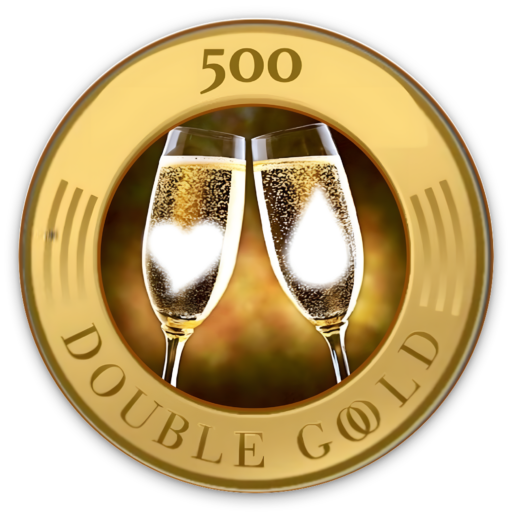
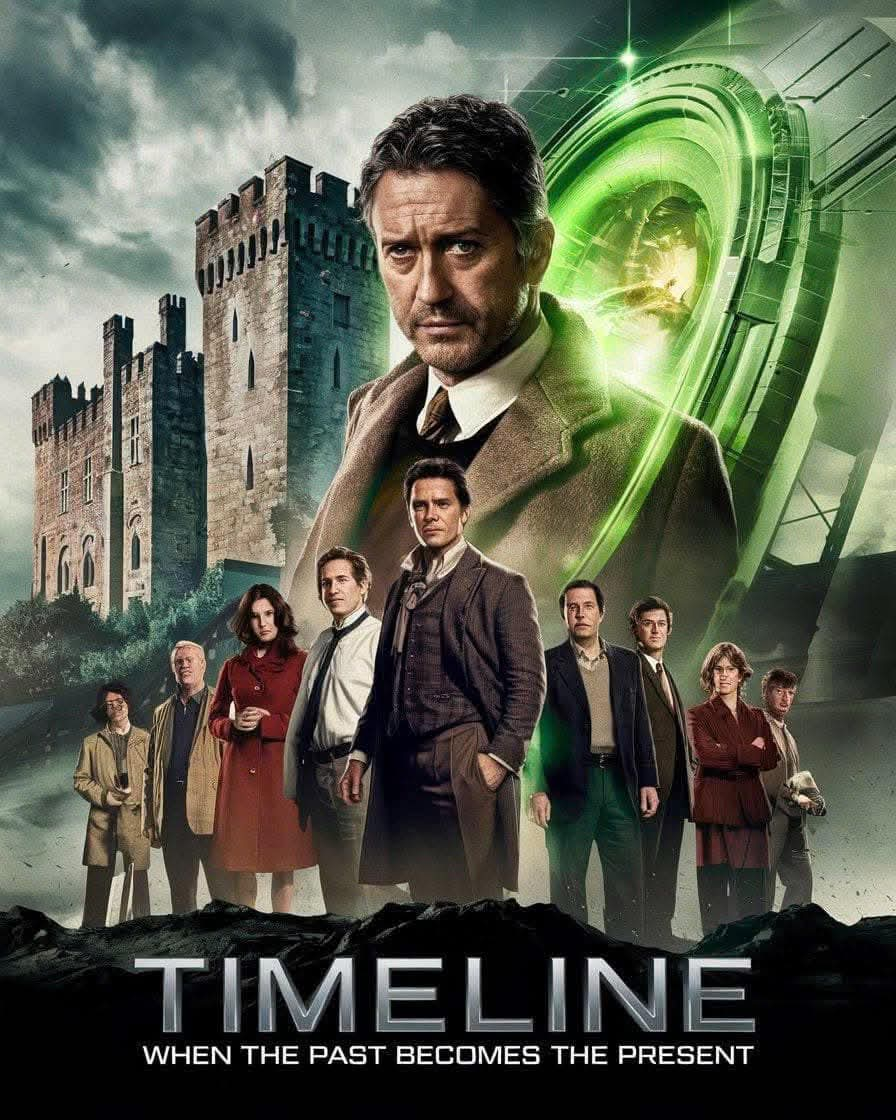
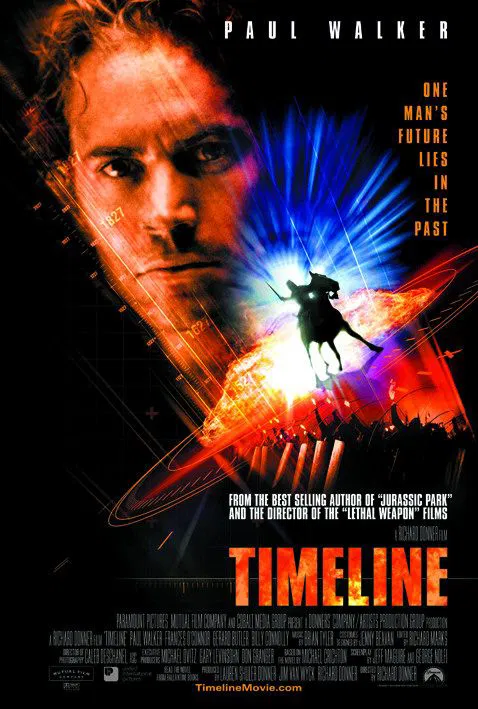


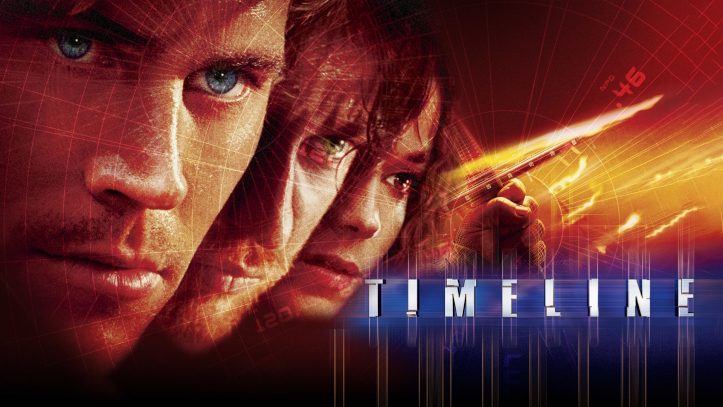
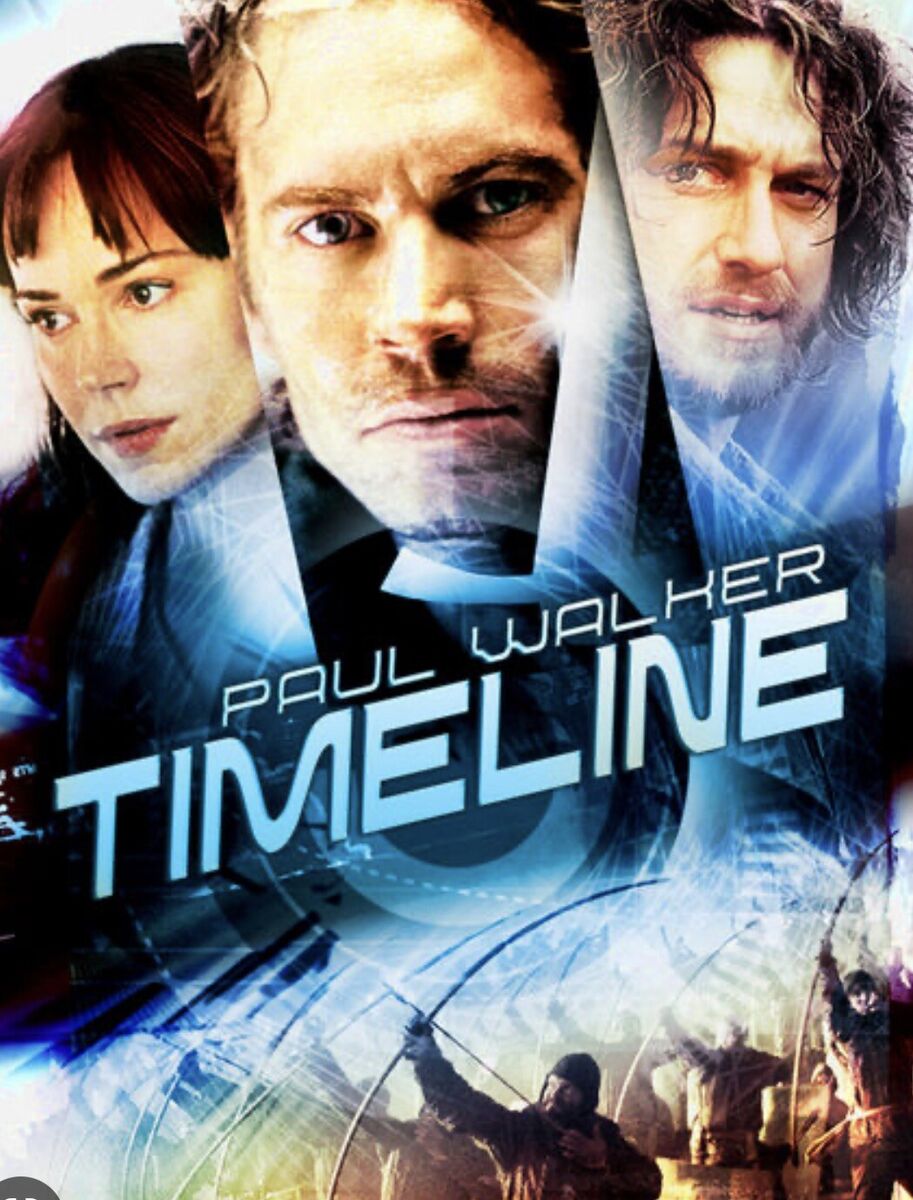
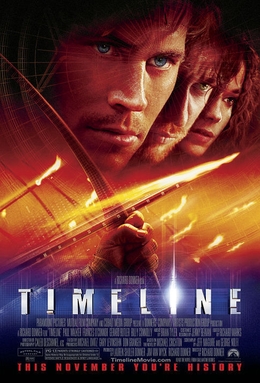

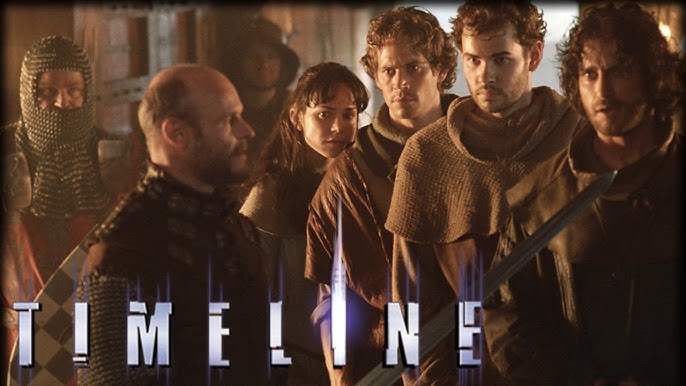
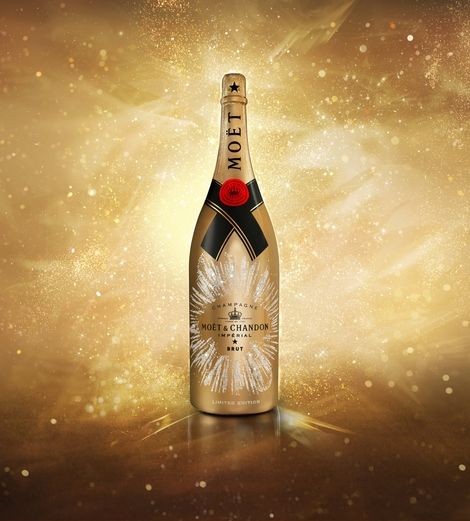



Avis
Il n’y a pas encore d’avis.